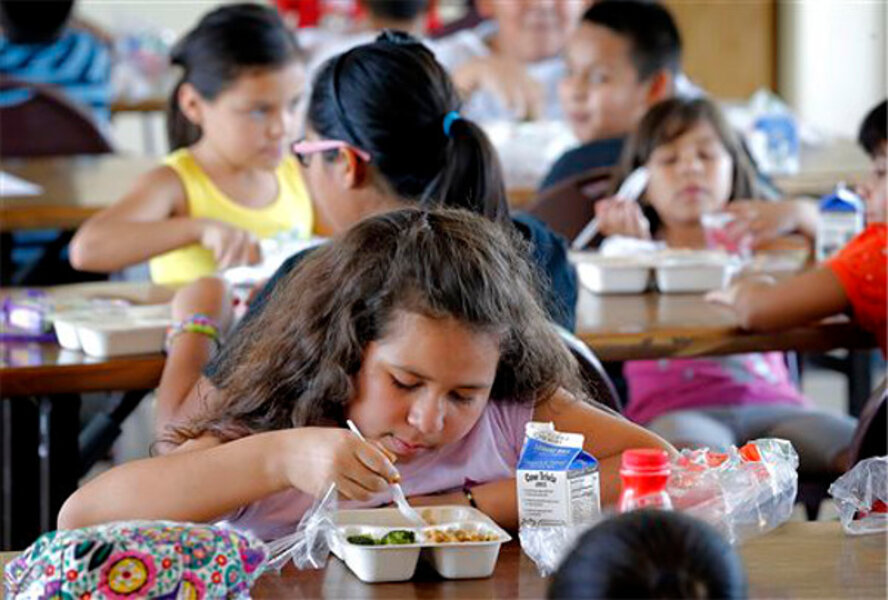Kids Count report: America's kids are learning, but too many still live in poverty
Loading...
| ALBUQUERQUE, N.M.
Several states in the South and Southwest have earned dismal scores on an annual child-welfare index that cited poverty and single-parent households as worrisome trends that must be turned around for things to improve.
Mississippi was rated the worst state for overall child well-being, largely because of rising child poverty. It was the second time in three years the state has come in last in rankings complied in the Kids Count Data Book. New Mexico, Nevada, Louisiana and Arizona round out the bottom five states.
The study released Tuesday marks the 25th edition of the child well-being scorecard from the Annie E. Casey Foundation, a child advocacy group.
It ranks states based on 16 indicators of child welfare in areas of economic well-being, education, health, and family and community.
The good news, the foundation's report indicated, is that nationally there has been steady improvement in the number of children attending preschool and a decline in the number of kids who aren't proficient in reading and math.
Tennessee was one of five states that showed the biggest improvements in the last year, moving from 39th to 36th. In education, a focus of major reform in Tennessee the last few years, the state improved from 42nd to 37th.
"I do think the changes that have been made in education ... are making a difference," Republican Gov. Bill Haslam told reporters after a rotary luncheon in Springfield, Tennessee. "It's one of the reasons I want to make sure that we don't back up."
Additionally, the national teen birth rate is at a historic low, and death rates for children and teens have fallen thanks to medical advances and the increased use of seat belts, car seats and bike helmets, according to the report.
However, the growing number of children growing up in poor communities and the increased percentage of children in single-parent households are causes for concern, the foundation said.
"We should all be encouraged by the improvements in many well-being indicators in the health, education and safety areas," said Patrick McCarthy, the foundation's president and CEO said in a news release. "But we must do much more. All of us, in every sector — business, government, nonprofits, faith-based groups, families — need to continue to work together to ensure that all children have the chance to succeed."
With a large number of impoverished children, New Mexico finished second-worst this year. It was a slight improvement from the 2013 index, when the state finished last, prompted by improvements in child poverty, high school graduation and teenage birth rates.
"It's a tiny step forward, but only if we can keep up the positive momentum of change," said Veronica García, executive director of New Mexico Voices for Children, a child advocacy group affiliated with Kids Count.
A spokesman for New Mexico Gov. Susana Martinez said it's clear the state has made important progress, particularly in education, but much more needs to be done.
"There's no doubt that high poverty and a failed education system have plagued New Mexico for decades," spokesman Enrique Knell said. "That's why we have to embrace reform. The governor believes this involves competing for jobs in a way we haven't before, by diversifying our economy, attracting companies to New Mexico, and making it easier for small businesses to set up shop and succeed."
Nevada came in at 48th, mostly because of the number of children living in poverty.
Louisiana finished 47th despite a number of across-the board improvements, the report said.
Arizona completed the bottom-tier as its rate of children living in poverty has increased in 10 of the state's 15 counties. Also, support for programs to help these children dropped significantly, the report said.
Copyright 2014 The Associated Press. All rights reserved. This material may not be published, broadcast, rewritten or redistributed.







